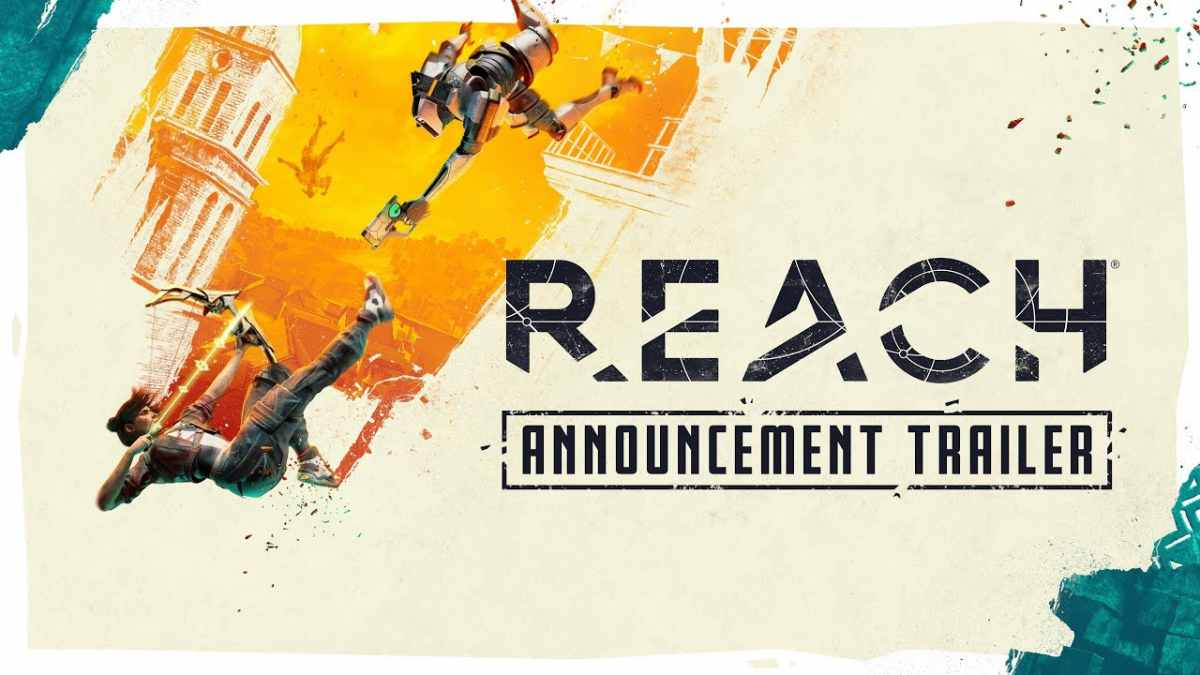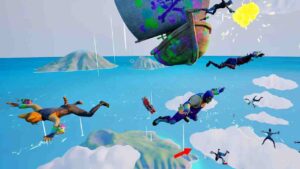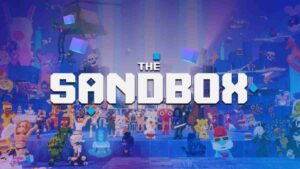Reach is an upcoming VR experience built around motion and momentum. Rather than following a set path or scripted encounters, it drops players into open environments where climbing, leaping, and swinging are the main attractions. Early impressions point to a project that treats movement as both challenge and entertainment, a space to experiment rather than a race to the finish.
The game is still in development, but its early builds already show how VR can turn physical actions into playful problem-solving. It leans into the kind of full-body interaction that headsets handle well, while keeping the focus on smooth controls and readable environments.
Movement at the Core
Reach revolves around free climbing and parkour mechanics that rely on physics rather than preset animations. Grabbing ledges, vaulting across gaps, and chaining wall runs require a mix of timing and spatial awareness. Unlike games that rely on button prompts, success here depends on how you physically move within the headset’s tracking space, giving every leap a sense of risk and reward.
Sandbox Worlds and Social Layers
Levels are built more like playgrounds than linear obstacle courses. Vertical towers, swinging bars, and scattered platforms encourage experimentation, letting players chart their own routes. A multiplayer hub lets friends meet up, show off techniques, or simply explore together, turning the game into both a parkour simulator and a social hangout.
Visuals and Technical Approach
The art style leans toward clean geometry and bold colors, keeping landmarks easy to spot while reducing motion sickness. Reach uses physics-driven movement to maintain immersion, meaning your virtual hands grip surfaces where you actually place them. Early testers note that this design choice helps the game feel responsive without overwhelming newcomers.
Where It Fits in VR’s Landscape
Few VR titles give movement this much freedom. Games like Gorilla Tag proved there’s an appetite for physical, skill-based traversal, but Reach aims for more precision and vertical complexity. Its combination of sandbox design and multiplayer interaction positions it somewhere between a sport and a creative tool, a sign of how VR developers continue to experiment with locomotion.
Reach doesn’t have a final release date yet, but its approach to climbing and parkour suggests a project focused on movement as its own reward. For players who enjoy testing their limits inside a headset, it represents a fresh angle on what VR spaces can offer.
Virtual Reality Explorer & Game Reviewer
Always the first to plug in. VRSCOUT dives head-first into the most immersive VR worlds, analyzing mechanics, comfort, innovation, and that elusive “presence” factor. If he says it’s worth it, it probably is.




